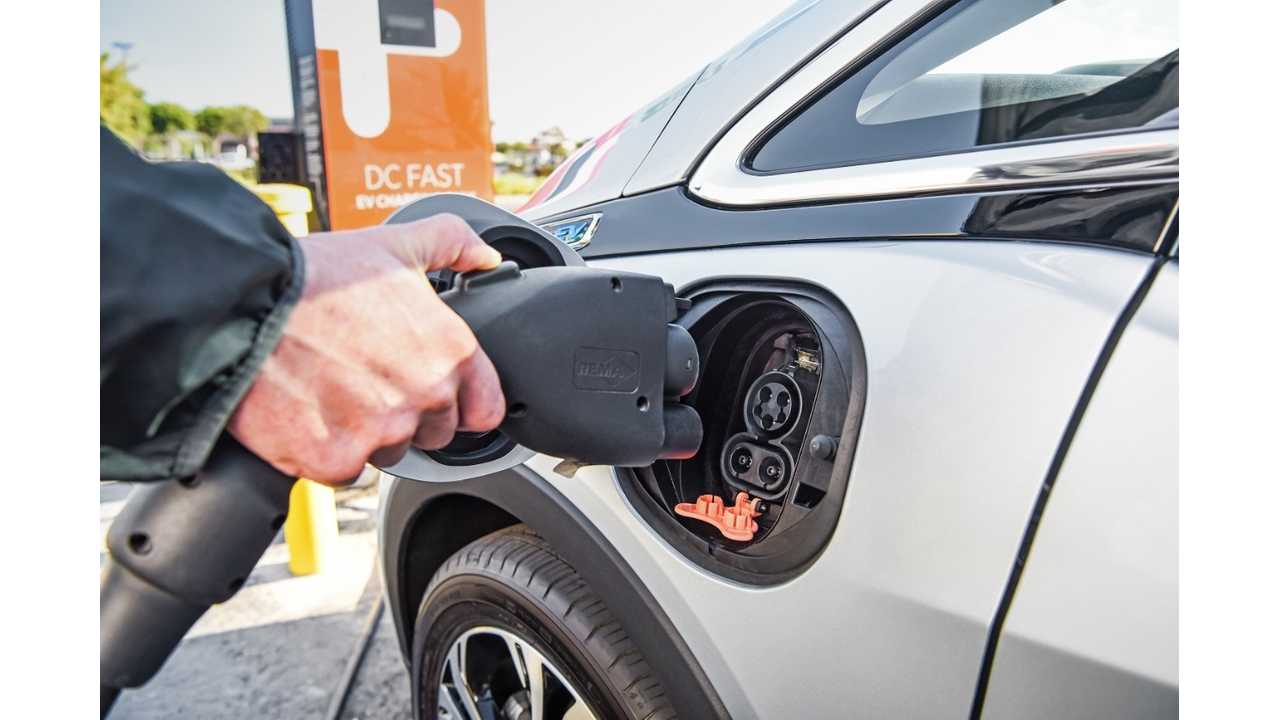European CCS (Type 2 / Combo 2) Conquers World – CCS Combo 1 Exclusive To North America
The CharIN group recommends a harmonized CCS connector approach per each geographical region.
The Combo 1 (J1772) will be, beside some exceptions, found only in North America, while nearly the entire rest of the world has already signed to (or is recommended to) Combo 2 (Type 2). Japan and China of course always go their own way.
The Combined Charging System (CCS), as the name indicates, combines different charging methods – AC and DC into single connector.
The only problem is that it was developed far too late to have CCS become the default format for the entire world out of the gate.
North America decided to use a single phase SAE J1772 connector for AC, while Europe opted for the single and three-phase AC Type 2. To add DC charging capability, and save backward compatibility, two different CCS connectors were developed; one for North America, and the other for Europe.
From this point, the more universal Combo 2 (which also handles three-phase) seems to be conquering the world (only Japan and China doesn’t support one of two versions in some way).
There are four major public DC fast charging standards right now:
CCS Combo 1 – North America (and some other regions)
CCS Combo 2 – most of the world (including Europe, Australia, South America, Africa and Asia)
GB/T – China
CHAdeMO – present globally and kind of monopoly in Japan
“Whereas in Europe the CCS Type 2 /Combo 2 connector is the preferred solution for AC and DC charging, in North America the CCS Type 1 / Combo 1 connector prevails. While many countries already integrated CCS Type 1 or Type 2 into their regulatory framework, other countries and regions, did not pass regulations supporting a specific CCS connector type yet. Therefore, different CCS connector types are used in the different world regions.”
In order to speed up the market uptake, cross-border travel and charging for commuters, deliveries and tourists as well as interregional trade of (used) EVs must be possible. Adapters would cause high safety risks with potential quality issues and do not support a customer friendly charging interface. CharIN therefore recommends a harmonized CCS connector approach per geographical region as outlined in the below map:
Benefits of the Combined Charging System (CCS):
Maximal charging power up to 350 kW (today 200 kW)
Charging voltage up to 1.000 V and current greater 350 A (today 200 A)
DC 50kW / AC 43kW implemented in infrastructure
Integrated electrical architecture for all relevant AC and DC charging scenarios
One inlet and one charging architecture for AC and DC to allow low overall system costs
Only one communication module for AC and DC charging, Powerline Communication (PLC) for DC Charging and advanced services
State of the art communication via HomePlug GreenPHY enables integration V2H and V2G
Post time: May-23-2021







